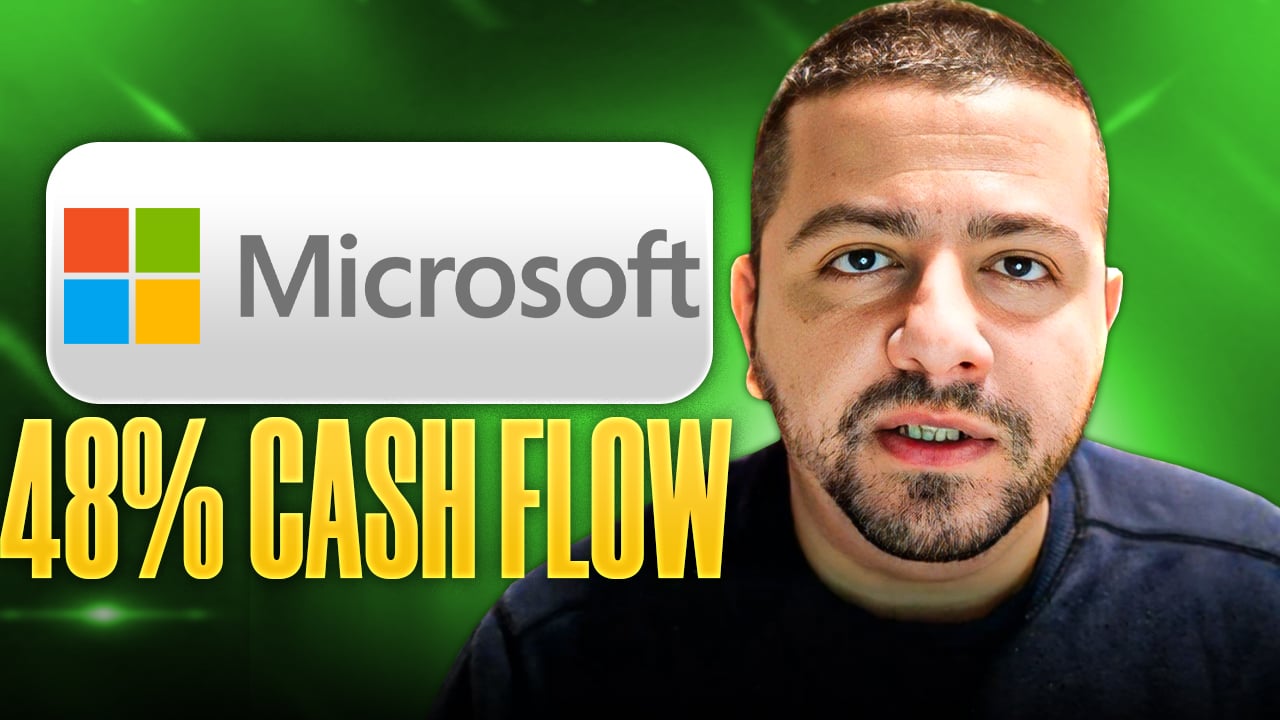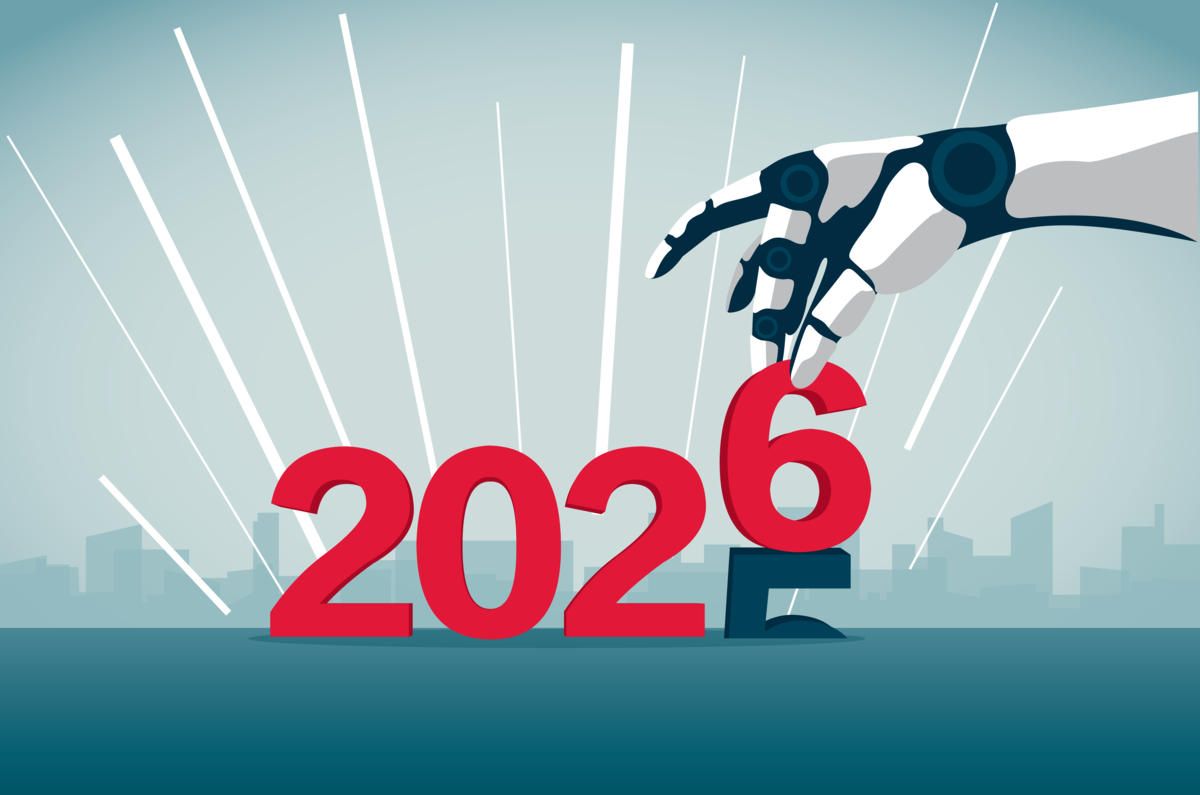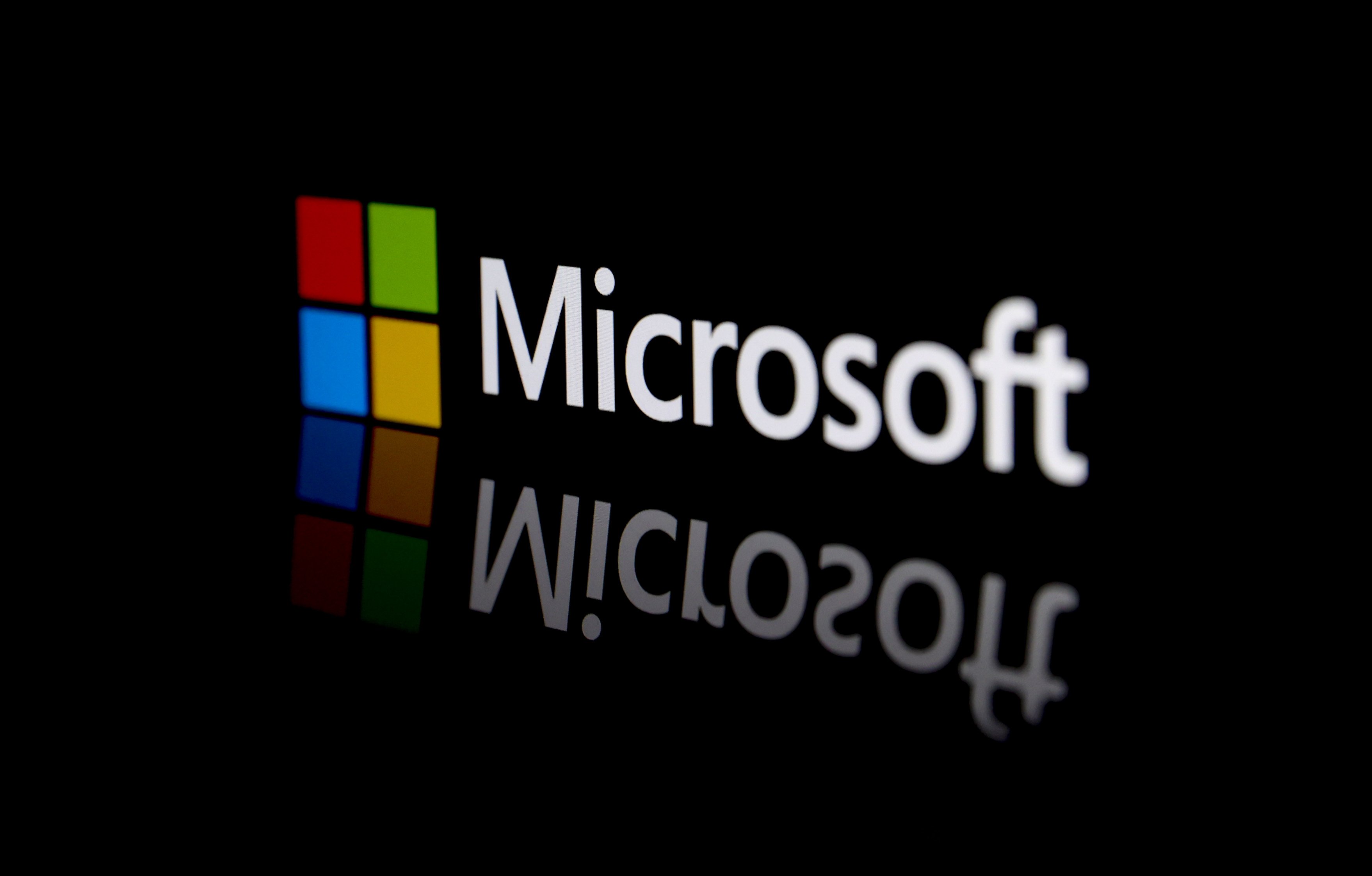Ford (F 0.19%) recently dumped Microsoft's (MSFT +2.05%) Windows Embedded Automotive OS from its new Ford Sync 3 infotainment system in favor of BlackBerry's (BBRY +2.11%) QNX. This change wasn't surprising, since Ford already replaced Windows with QNX for their MyFord Touch system in several vehicles back in February due to frozen screens, poorly responsive haptic controls, and reboots while vehicles were in motion.

Ford Sync 3. Source: Ford
Windows Embedded and QNX should not be confused with Apple's CarPlay and Google's Android Auto. Windows Embedded and QNX are embedded operating systems that connect a vehicle's climate control, navigation, and entertainment systems to dashboards provided by other companies. Apple CarPlay and Android Auto are two such dashboards that "hook" onto QNX. This allows iOS and Android users to mirror their smartphone screens on top of an automaker's own infotainment dashboard.
QNX controlled 53% of the embedded vehicle OS market in 2013, compared to Microsoft's 27% share. Research firm Markets and Markets expects the global auto infotainment market to grow at a compound annual growth rate of 12.1% between 2011 and 2016, hitting a market value of $14.4 billion by 2016.
What QNX means for BlackBerry
A $14 billion opportunity certainly sounds lucrative for BlackBerry, which saw its revenue from continuing operations plunge 38% year-over-year to $6.8 billion in fiscal 2014.
However, most of that money will go to infotainment hardware makers rather than software companies like BlackBerry and Microsoft. Research firm IHS believes that BlackBerry's QNX software licensing fees come in at a mere $3 per vehicle. Bloomberg estimates QNX revenues, tucked away in BlackBerry's software revenues, only account for around 2% of its top line.
Therefore, BlackBerry investors shouldn't expect QNX revenue to suddenly surge and offset the company's core problems of plunging handset and service revenues, which still accounted for 92% of its top line last quarter. But if BlackBerry's market share keeps rising, it could gain more clout to negotiate higher license fees from automakers.
What connected cars mean to Microsoft
Microsoft, on the other hand, has stakes in both embedded operating systems and user interface systems. Microsoft's Windows in the Car, not yet released, will mirror a Windows Phone's display on the dashboard in the same manner as Apple CarPlay and Android Auto.

Android Auto. Source: Google
We haven't heard much regarding Windows in the Car since Microsoft unveiled the prototype during its Build developer conference back in April. At the time, it was unclear if the prototype was running on top of QNX or Windows Embedded and whether or not Microsoft would make the dashboard compatible with iOS and Android devices.
Microsoft's Windows in the Car prototype used MirrorLink, a rival user interface standard to Android Auto and Apple CarPlay, to mirror the phone onto the dashboard. This is interesting because MirrorLink, an aging standard introduced by Nokia several years ago, has waned in popularity as car and infotainment hardware manufacturers aligned themselves with Google's OAA (Open Automotive Alliance), Apple's CarPlay, or both.
In other words, Microsoft is backing two losing horses, Windows Embedded and MirrorLink, as Android and iOS users effortlessly synchronize their phones to QNX-connected dashboards. That limited appeal won't do much to boost sales of Windows Phones, which only account for 3% to 5% of the global smartphone market.
The business of connected cars
Cars are quickly becoming extensions of our mobile devices. Gartner analyst Thilo Koslowski forecasts that 80% of new vehicles will be equipped with infotainment units by 2020, up from just 40% in 2013.
Unfortunately, BlackBerry and Microsoft aren't well poised to profit from that booming business, due to their anemic licensing fees. BlackBerry investors should focus more on BES (BlackBerry Enterprise Service) and BBM (BlackBerry Messenger), two components of its software business that are much better poised for meaningful sales growth than QNX. Microsoft investors, on the other hand, should focus on the company's sweeping cloud-based initiatives for PCs and tablets.
Tech investors who are still interested in the business of connected cars might consider investing in Apple and Google instead, as better connected vehicles will broaden their app ecosystems and lock in more users.






